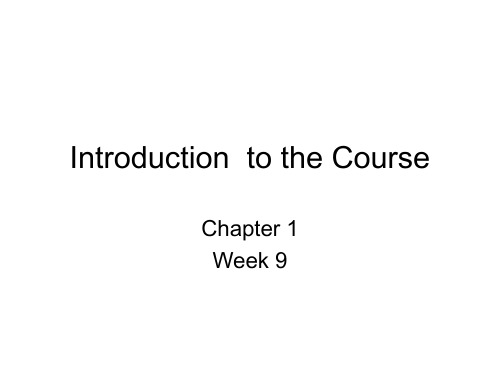What is Introduction?
Introduction is the first section of a
scientific paper, including the background
information of the research, the nature and
scope of the problem investigated.
作者在结论的第一句重述主旨, 但不重复用过的词语,以免单 调乏味 。作者在这结论的第二 、三句里也用了另外一种结论 方法:对讨论的问题提出建议 或方法。
(“Problems Caused by MicrowaveOvens”)
e.g.2
【 宽 背 景 】Delta-aminolevulinic acid (ALA) dehydratase (ALAD)is the second
e.g.2
lead burdenand causes the toxicity of lead in some soft tissues, such as bone marrow. The larger fraction of lead in blood cells is mainly bound to ALAD protein [Sakai et al., 1982; Bergdahl et al., 1997]. Thus, ALAD might also play an important role in the dynamic interchange of the body lead pool.Human ALAD gene is located in chromosome 9q34 [Potluri et al., 1987]. The gene frequencies of ALAD alleles 1 and 2 were rereportedly about 0.9 and 0.1, respectively, in several Caucasian populations [Battistuzzi et al., 1981; Benkmann et al., 1983; Astrin et al., 1987]. In 1991, a simple method using polymerase chain reaction (PCR) was developed for the analysis of the ALAD genotype [Wetmur et al., 1991a]. In comparison with the ALAD1 sequence, the only difference in the ALAD2 cDNA was a G-to-C transversion of nucleotide 177 in the coding region, which creates an MspI restriction site and causes the replacement of a lysine by a asparagine [Wetmur et al., 1991a]. The difference in the amino acid might result in a distinct charge isozyme, and the ALAD2 protein may bind lead more tightly than a dose of the ALAD1 protein [Wetmur, 1994].





